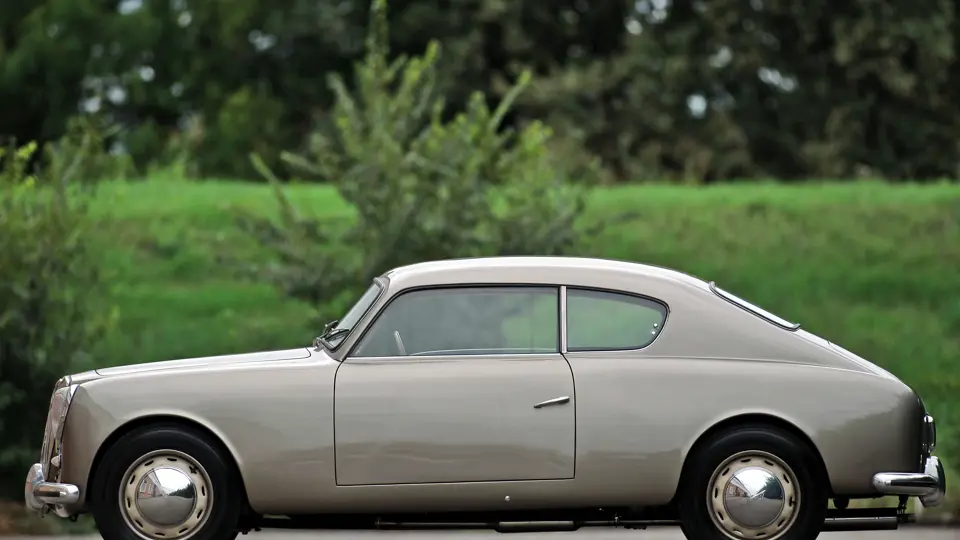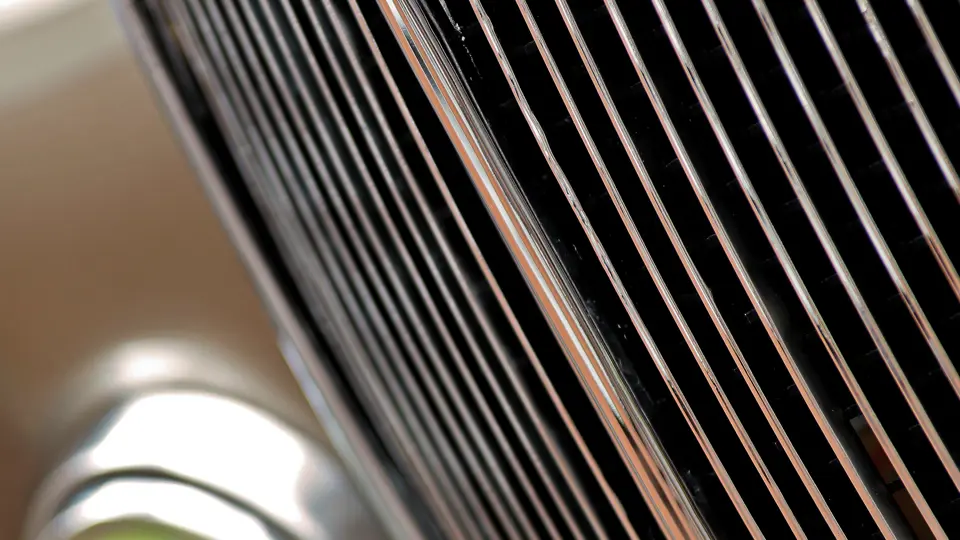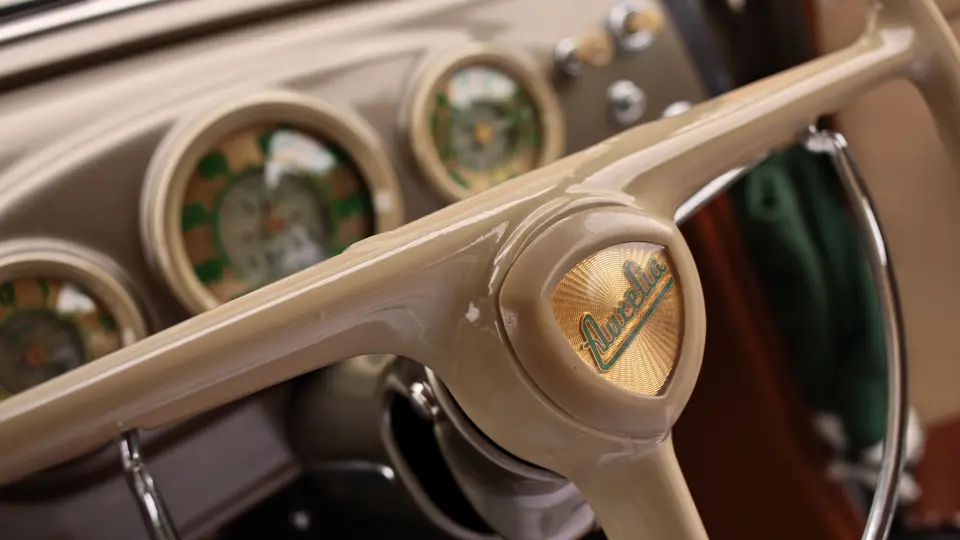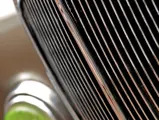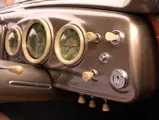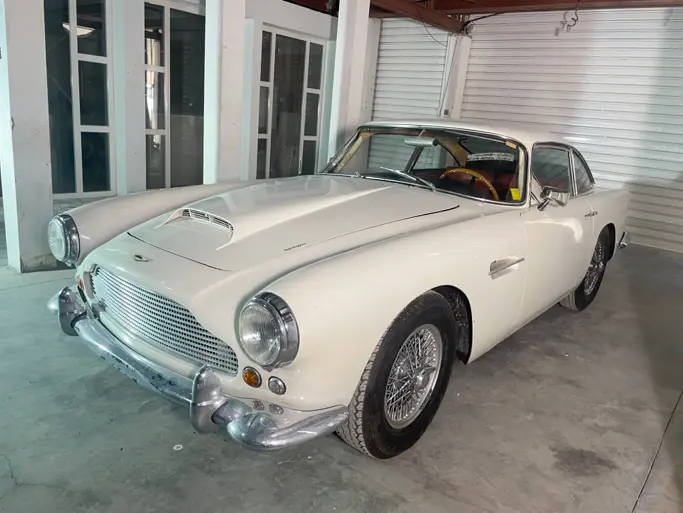75 bhp 1,991 cc dual overhead cam V-6 engine, four-speed manual rear-mounted transaxle, four-wheel independent suspension, and four-wheel hydraulic drum brakes. Wheelbase: 2,660 mm
• Rare, early pre-series example built by Viotti
• One of the earliest Lancia Aurelia B20s known
• First-ever GT car; co-engineered by renowned Vittorio Jano
• Fully documented, recent ground-up restoration
Despite sometimes being overshadowed by flashier Italian cars of the post-war period, Lancia’s Aurelia GT was one of the most ground-breaking and important sports cars of its era. The Aurelia began life in 1950 as the B10 saloon, co-designed by family scion Gianni Lancia and ex-Alfa Romeo engineer extraordinaire Vittorio Jano. With principle considerations of space constraints and racing potential, the Aurelia was equipped with a new lightweight alloy V-6, now recognized as the first series-produced V-6 ever constructed.
A year later, the Aurelia was offered with a fastback sports saloon body designated the B20 GT, which historians generally agree was designed by Ghia stylist Mario Felice Boano, despite the fact that the coachwork is now largely identified with Pinin Farina. Though Ghia was contracted to build the first 90 examples of its design, the company did not have the capacity to produce the full order of cars, and therefore, subcontracted numerous examples to Farina and a lesser-known carrozzeria called Viotti. By the time the Aurelia GT was upgraded for a second series of production in 1952, Pinin Farina had taken the helm of body design and was responsible for building the B20 through the end of production in 1958, combining for a total of 3,871 examples constructed.
With one of the day’s most advanced suspensions and Lancia’s always-potent chassis quality, the Aurelia GT made a strong entry for sports car racing for a brief period in the early-1950s, experiencing some impressive victories in big races. With Giovanni Bracco and Umberto Maglioli at the wheel, chassis number 1010 finished 2nd overall at the 1951 Mille Miglia, and a month later, it took 1st in the two-litre class at the 24 Hours of Le Mans in 1951, driven by Mr. Bracco and Don Giovanni Lurani. In addition to being notable for its cutting-edge engineering, sleek design, and surprising competition history, the Aurelia GT is also significant in that it is generally regarded to be the first car ever named with the GT suffix in its nomenclature and is thus the progenitor of a long tradition of grand touring sports cars that followed.
This extremely early Aurelia GT claims a number of benchmarks of rarity, being one of the pre-production B20 examples and one of a very small number to have been constructed by Viotti within the early Ghia-run of 90 cars. Chassis 1047 is likely one of the earliest surviving B20 examples and is clearly one of very few in such a fine state of condition. Recent ownership commissioned a complete ground-up restoration by Gianni Sala, of Reggio Emilia, that included a full mechanical rebuild. Cosmetically, the exterior was stripped to bare metal and finished in a resplendent coat of metallic beige paint, while a fresh, proper interior of beige cloth upholstery was installed. Full documentation of the restoration process accompanies the car’s file of information, which also includes ASI homologation and Italian registration papers. Beautifully restored and indisputably rare, this example of one of Italy’s most important early GT cars would make a strong presence on any concours field or vintage touring event.

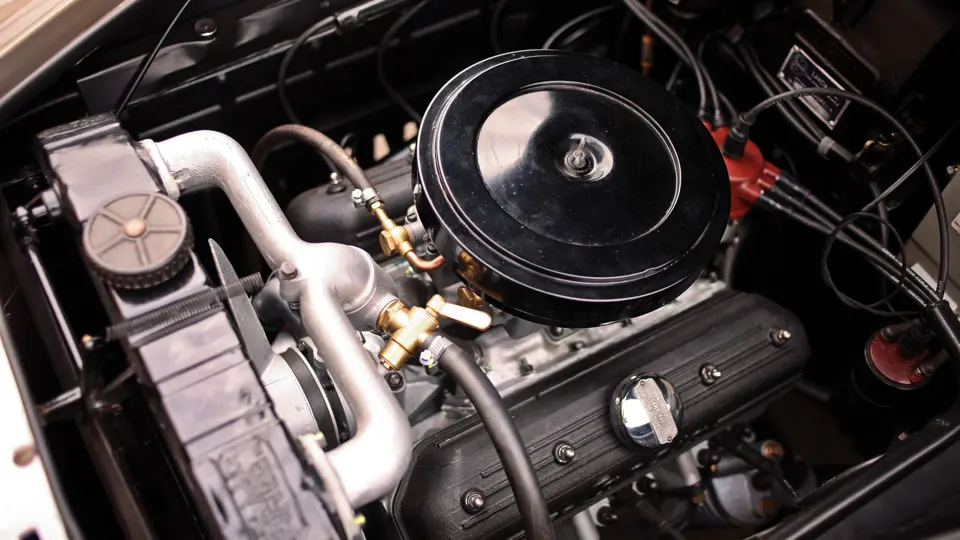



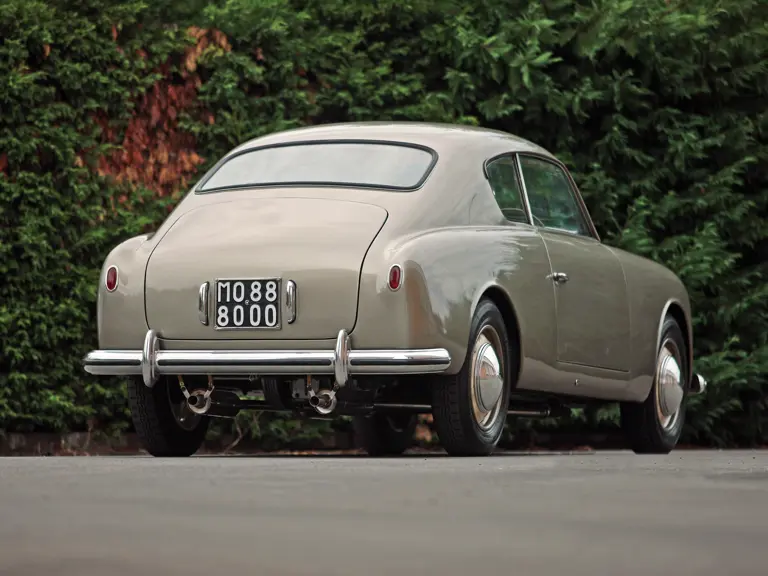
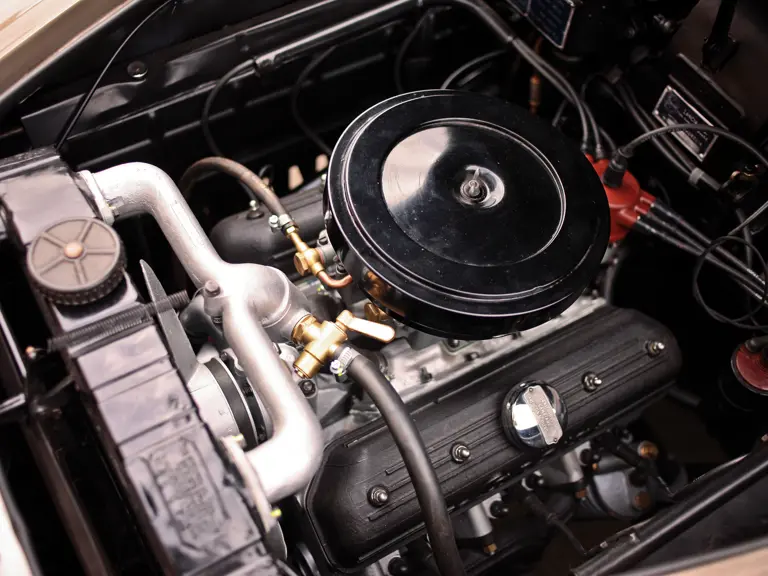



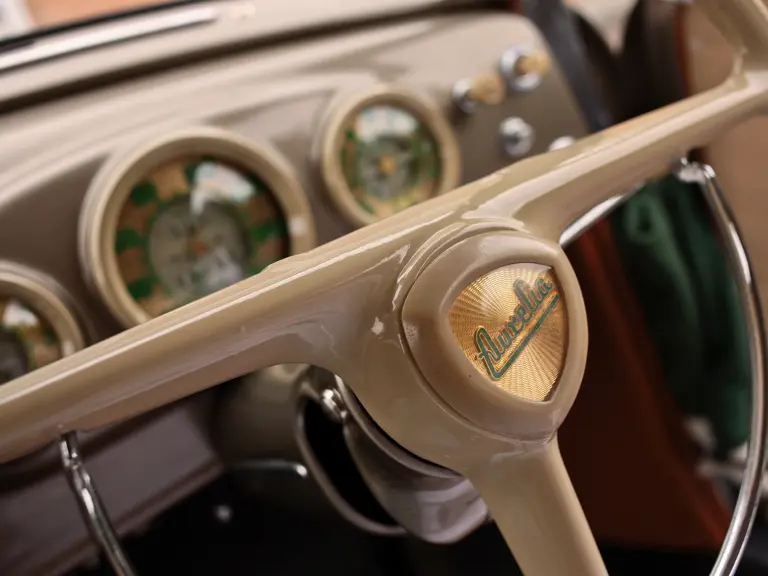


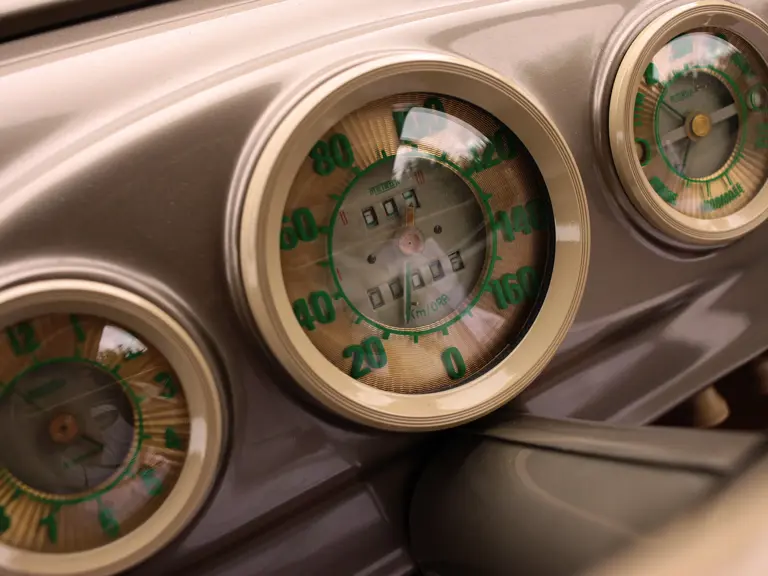
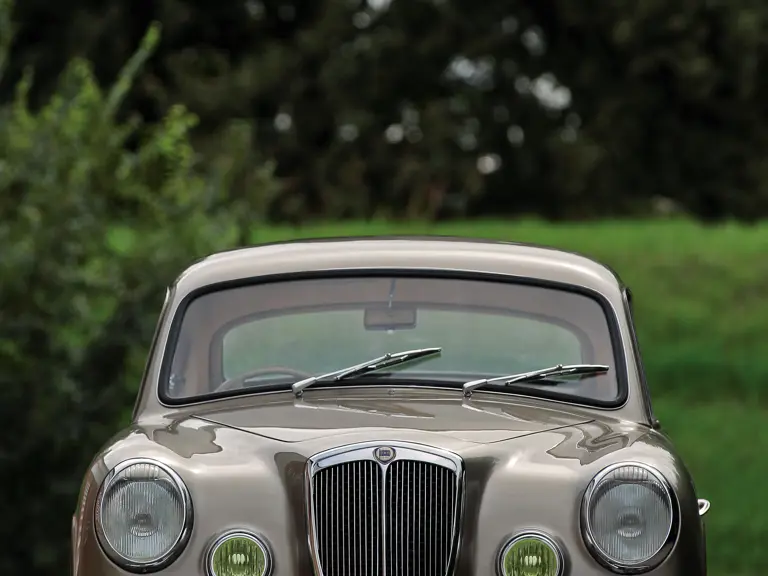



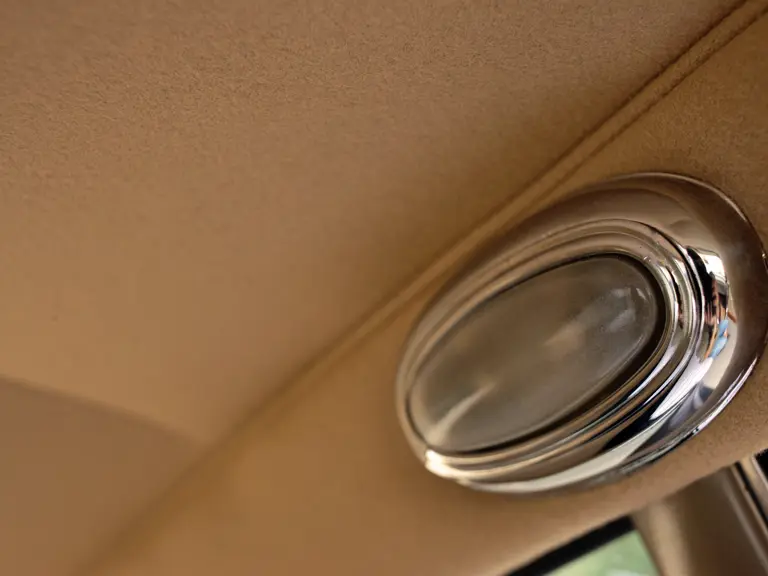







 | London, United Kingdom
| London, United Kingdom
